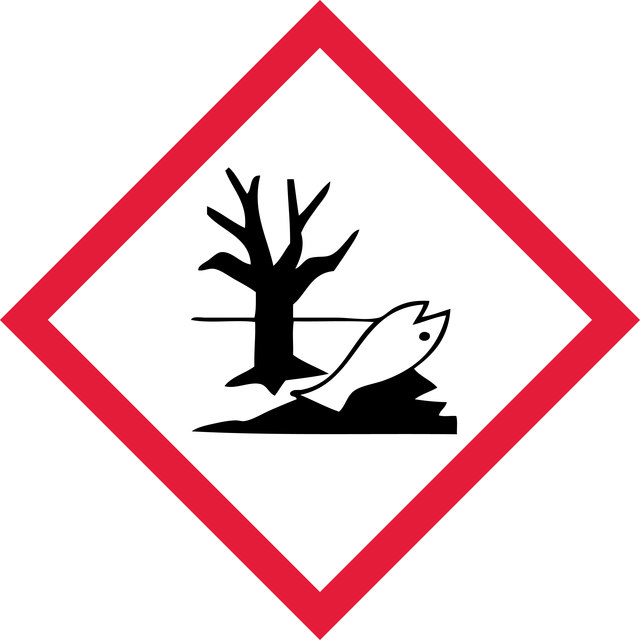A7289
Anti-Guinea Pig IgG (whole molecule)−Peroxidase antibody produced in goat
affinity isolated antibody, buffered aqueous solution
biological source
goat
Quality Level
conjugate
peroxidase conjugate
antibody form
affinity isolated antibody
antibody product type
secondary antibodies
clone
polyclonal
form
buffered aqueous solution
technique(s)
direct ELISA: 1:10,000
shipped in
dry ice
storage temp.
−20°C
target post-translational modification
unmodified
Related Categories
General description
IgG consists of four sub-classes, like IgG1, IgG2, IgG3, and IgG4. IgG is composed of four polypeptide chains-two heavy chains (γ chains) and two light chains (κ or λ chains) which are linked by inter-chain disulfide bonds. The heavy chains consist of a N-terminal variable domain (VH) and three constant domains (CH1, CH2, CH3). A hinge region exists between the CH1 and CH2 region. The light chains have one N-terminal variable domain (VL) and one constant domain (CL).
Immunogen
Purified guinea pig IgG
Application
Anti-H. pylori IgGs in guinea pig sera was measured by ELISA using HRP-conjugated goat anti-guinea pig IgG (A 7289) at a dilution of 1:2000 in 1% BSA/PBS for 1 hour at 37°C.
Anti-Guinea Pig IgG (whole molecule)-Peroxidase antibody is suitable for use in immunocytochemistry and ELISA.
Biochem/physiol Actions
Guinea pig IgGs against target proteins are often used as primary antibodies in various research applications. Thus, secondary anti-guinea pig IgGs conjugated to detectable substrates are useful tools for the analysis of target proteins. Anti-Guinea Pig IgG (whole molecule)-Peroxidase antibody is specific for guinea pig IgG.
IgGs are glycoprotein antibodies that modulate several immune responses. It plays a major role in providing immunity to the infant from the mother via the placenta. IgG activates the complement system and regulates the antibody-dependent cell-mediated cytotoxicity (ADCC).
Physical form
Solution in 0.01 M phosphate buffered saline, pH 7.4, containing 1% bovine serum albumin with preservative.
Preparation Note
Antiserum is developed in goat using purified guinea pig IgG as the immunogen. Antibody is isolated from goat anti-guinea pig IgG antiserum by immunospecific purification which removes essentially all goat serum proteins, including immunoglobulins that do not specifically bind to guinea pig IgG. Goat anti-guinea pig IgG is conjugated to Sigma Horseradish Peroxidase, Type VI (Product No. P 8375) by a modification of the periodate method of Wilson and Nakane.
Disclaimer
Unless otherwise stated in our catalog or other company documentation accompanying the product(s), our products are intended for research use only and are not to be used for any other purpose, which includes but is not limited to, unauthorized commercial uses, in vitro diagnostic uses, ex vivo or in vivo therapeutic uses or any type of consumption or application to humans or animals.
Not finding the right product?
Try our Product Selector Tool.
signalword
Warning
hcodes
Hazard Classifications
Aquatic Chronic 2 - Eye Irrit. 2 - Skin Irrit. 2 - Skin Sens. 1
Storage Class
12 - Non Combustible Liquids
wgk_germany
WGK 3
flash_point_f
Not applicable
flash_point_c
Not applicable
Choose from one of the most recent versions:
Already Own This Product?
Find documentation for the products that you have recently purchased in the Document Library.
N H Shomer et al.
Infection and immunity, 66(6), 2614-2618 (1998-05-29)
Humans infected with Helicobacter pylori have abnormally low levels of the antioxidant vitamin C, which protects against the formation of carcinogenic nitrosamines, in gastric juice. Guinea pigs, like humans and nonhuman primates, have a dietary requirement for vitamin C. As
Hiroki Kohno et al.
Scientific reports, 8(1), 11877-11877 (2018-08-23)
The European honeybee (Apis mellifera L.) exhibits various social behaviors. The molecular and neural mechanisms underlying these behaviors have long been explored, but causal relations between genes or neurons and behaviors remain to be elucidated because effective gene manipulation methods
Joost P H Schoeber et al.
American journal of physiology. Renal physiology, 296(1), F204-F211 (2008-10-10)
A recently described novel controllable method to regulate protein expression is based on a mutated FK506-binding protein-12 (mtFKBP) that is unstable and rapidly degraded in mammalian cells. This instability can be conferred to other proteins directly fused to mtFKBP. Binding
Jürgen Frevert et al.
Clinical, cosmetic and investigational dermatology, 11, 327-331 (2018-07-18)
All protein-based therapeutics, such as botulinum neurotoxin type A (BoNT/A), are potentially immunogenic and can lead to anaphylaxis, autoimmunity, or diminished or complete absence of therapeutic efficacy, especially if administered repeatedly. Therefore, the protein quantity in BoNT/A products is an
P D Fisher et al.
Gene therapy, 24(12), 757-767 (2017-11-07)
DNA vaccines delivered using electroporation (EP) have had clinical success, but these EP methods generally utilize invasive needle electrodes. Here, we demonstrate the delivery and immunogenicity of a DNA vaccine into subcutaneous adipose tissue cells using noninvasive EP. Using finite
Related Content
Our team of scientists has experience in all areas of research including Life Science, Material Science, Chemical Synthesis, Chromatography, Analytical and many others.
Contact Technical Service
